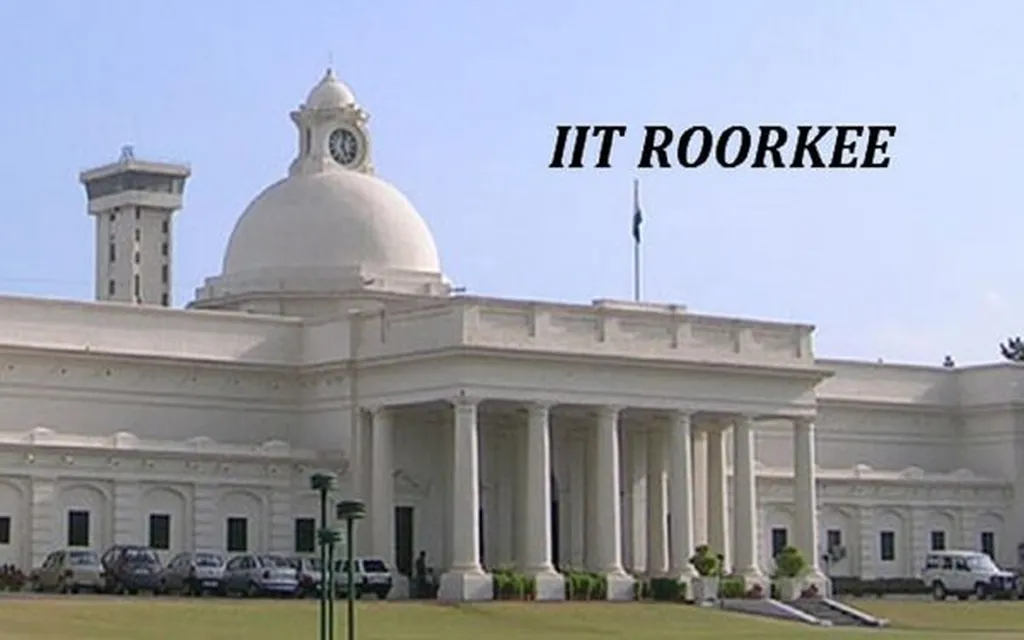In the quest to understand how construction materials weather over time, a groundbreaking study led by I. Ahmed from the Department of Civil Engineering at the Indian Institute of Technology Roorkee has shed new light on the durability of White Portland Cement (WPC). Published in the International Archives of the Photogrammetry, Remote Sensing and Spatial Information Sciences, which translates to “International Archives of Photogrammetry, Remote Sensing and Spatial Information Sciences,” this research employs hyperspectral reflectance analysis to evaluate the environmental weathering effects on WPC, offering insights that could revolutionize the construction and energy sectors.
The study, which observed WPC samples over a 150-day period, utilized a spectroradiometer to capture reflectance values across a broad spectrum of wavelengths. By employing statistical techniques such as moving average and smooth spline interpolation, the researchers were able to discern significant trends in the material’s surface properties. “The mean reflectance decreased from 90.397 on Day 0 to 83.092 on Day 150, indicating surface degradation over time,” Ahmed explained. This finding suggests that environmental exposure leads to increased porosity or surface roughness, which could compromise the material’s integrity.
The implications of this research are far-reaching, particularly for the energy sector. Buildings and infrastructure constructed with cement-based materials are critical components of energy-efficient designs. Understanding how these materials degrade over time can inform better construction practices, leading to more durable and energy-efficient structures. “The observed decrease in reflectance over time suggests surface ageing and potential material degradation,” Ahmed noted. This insight could guide the development of more resilient materials, reducing maintenance costs and enhancing the longevity of energy-efficient buildings.
The study also revealed dynamic interactions between WPC surfaces and various environmental factors. The differential and double differential curves showed significant variations, with the differential reflectance attaining its maximum value of 0.199 on Day 60, and the double differential reflecting maximum changes at 0.031 on the same day. These findings highlight the complex nature of material degradation and the need for continuous monitoring and assessment.
As the construction industry seeks to adopt more sustainable and durable materials, this research provides a valuable tool for assessing the long-term performance of cement-based materials. By understanding the spectral reflectance characteristics of WPC, engineers and architects can make informed decisions that enhance the durability and energy efficiency of their projects. “This study offers a valuable tool for assessing cement-based materials’ long-term durability and performance in the construction industry,” Ahmed concluded.
In the broader context, this research could shape future developments in material science and construction technology. As the demand for energy-efficient and sustainable buildings grows, the need for advanced materials that can withstand environmental stresses becomes increasingly important. The insights gained from this study could pave the way for innovative solutions that address these challenges, ultimately contributing to a more sustainable and resilient built environment.

